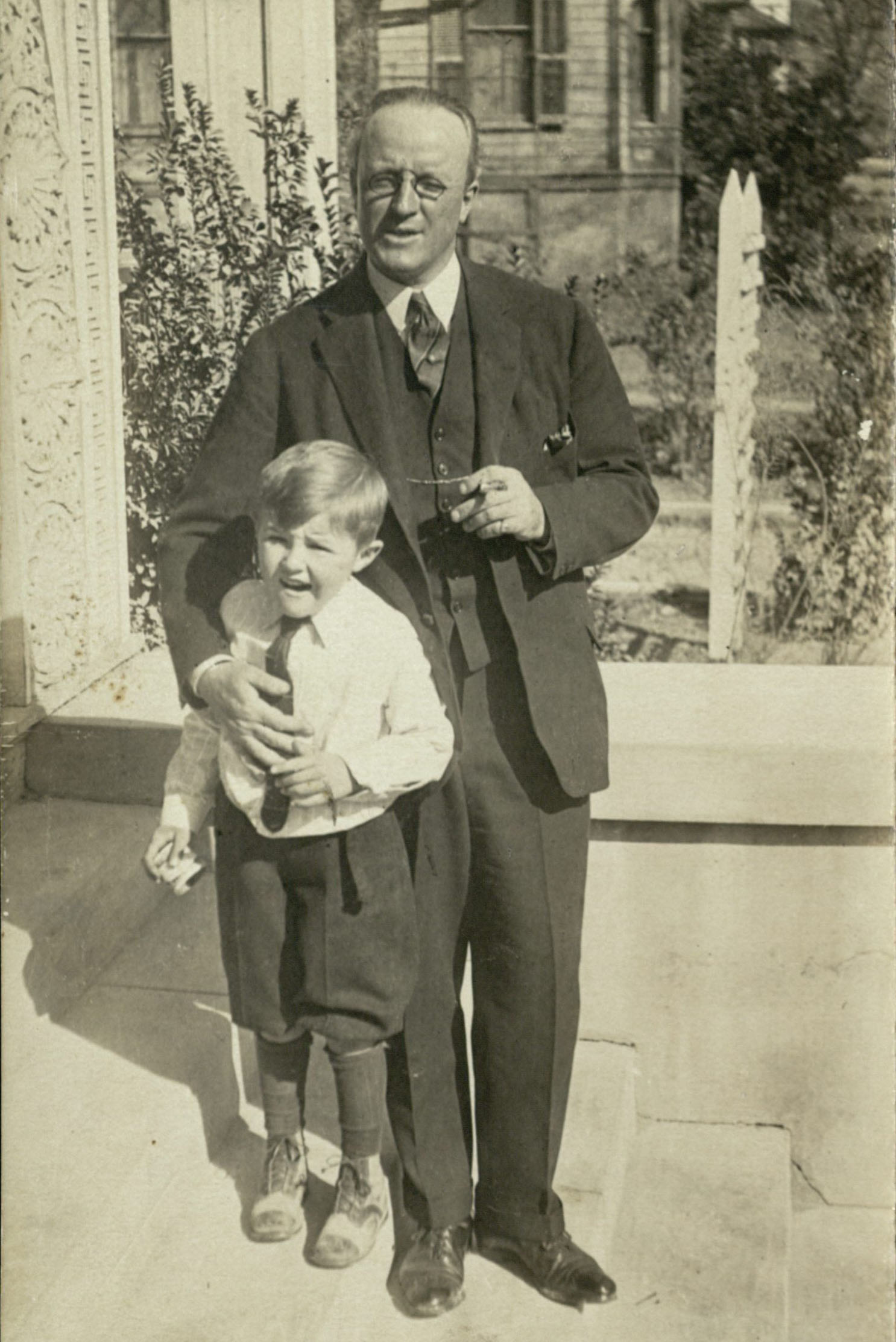“Armstrong’s Stars” is a collaboration between the Armstrong Browning Library and Baylor’s Texas Collection. Once a month we feature a story about a celebrity that Dr. A.J. Armstrong brought to Baylor. These stories highlight an interesting part of Baylor’s history and include collection materials housed in both the Armstrong Browning Library and the Texas Collection. This month’s story was contributed by Ph.D. candidate Jeremy Land.
In 1920 Baylor began preparing for its Diamond Jubilee celebration. Primarily under the direction of Dr. A. Joseph Armstrong, Baylor invited a series of famous literary and cultural figures to travel to Texas and partake in the celebration. Among the first to arrive was the poet Amy Lowell.
By the early ‘20s Amy Lowell had already established herself as one of America’s leading female poets, an innovative writer, a noted critic, and promoter of American verse. Even the Lowell family name had become associated with academic excellence and American letters by the time Ms. Lowell accepted her honorary degree from Baylor (Amy Lowell’s brother was the president of Harvard and her first cousin, James Russell Lowell, was a famous American poet from the nineteenth century). Thus the decision to ask Ms. Lowell to come and speak at Baylor was a natural part of the university’s mission to bolster its presence in the academic world.

Before she even arrived, there seemed to be great anticipation and discussion about Ms. Lowell’s coming to Waco. Every aspect of her journey was up for speculation and debate. Even her hotel room, which was reported to cost more than $30 a night, caused quite a shock among the students on campus (“Another Treat in Amy Lowell” 1). Yet the promise of her appearance prompted several student groups to greet her with excitement. Baylor’s Calliopean, at the time the second oldest women’s literary society in Texas, honored Lowell with membership before she even arrived, an honor she was happy to receive (“Calliopeans Honor Famous American Poet” 3; “Calliopean Society Has Long History Behind It” 5).
When Lowell did finally arrive in Waco, she apparently lived up to people’s expectations. She was reported to be equal parts exciting house guest and engaging scholar. In one example of her irrepressible spirit, Lowell encouraged Mrs. Armstrong to speed through Cameron Park as fast as possible, and when Mrs. Armstrong suggested the police might object, Lowell is reported to have replied “Damn the police. I’ll pay the fine” (Douglas 114-115). However when it came time for Ms. Lowell to engage Baylor’s students and their academic pursuits, she was a most gracious and well received visitor. When she was not giving a formal lecture on the nature of modern poetry, she was reported to sit in the open air smoking a cigar and indulging undergraduates and their questions about modern literature.
Perhaps because her visit to Baylor must have been rather colorful, Amy Lowell developed a fondness for central Texas. In a letter to A.J. Armstrong dated April 11, 1924, Lowell claimed her poem “Texas” was inspired by Waco’s lone skyscraper (probably the ALICO building in downtown Waco ) set against the central Texas landscape (Douglas 116). And until her death in 1925, Lowell and Dr. Armstrong continued to write, share ideas, and reminisce about her time in Texas. So impressed was she by Baylor and Dr. Armstrong that even after her death her estate saw to it that Baylor and Dr. Armstrong both were notified of her passing (“Death of Amy Lowell is Mourned by Many” 1).
Works Cited
“Another Treat in Amy Lowell.” The Lariat 3 June 1920: 1. Web. 7 Nov. 2014
“Calliopeans Honor Famous American Poet.” The Lariat 6 May 1920: 3. Web. 7 Nov. 2014
“Calliopean Society Has Long History Behind It.” The Lariat 20 May 1920: 5. Web. 7 Nov. 2014
“Death of Amy Lowell is Mourned by Many.” The Lariat 14 May 1925: 1. Web. 7 Nov. 2014
Douglas, Lois Smith. Through Heaven’s Back Door: A Biography of A. Joseph Armstrong.
Waco, TX: Baylor UP, 1951. Print.






